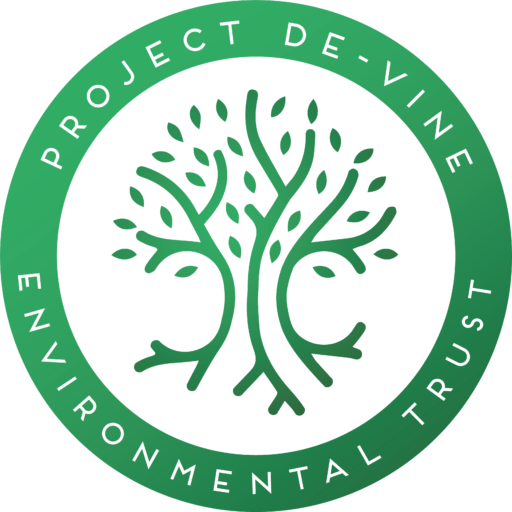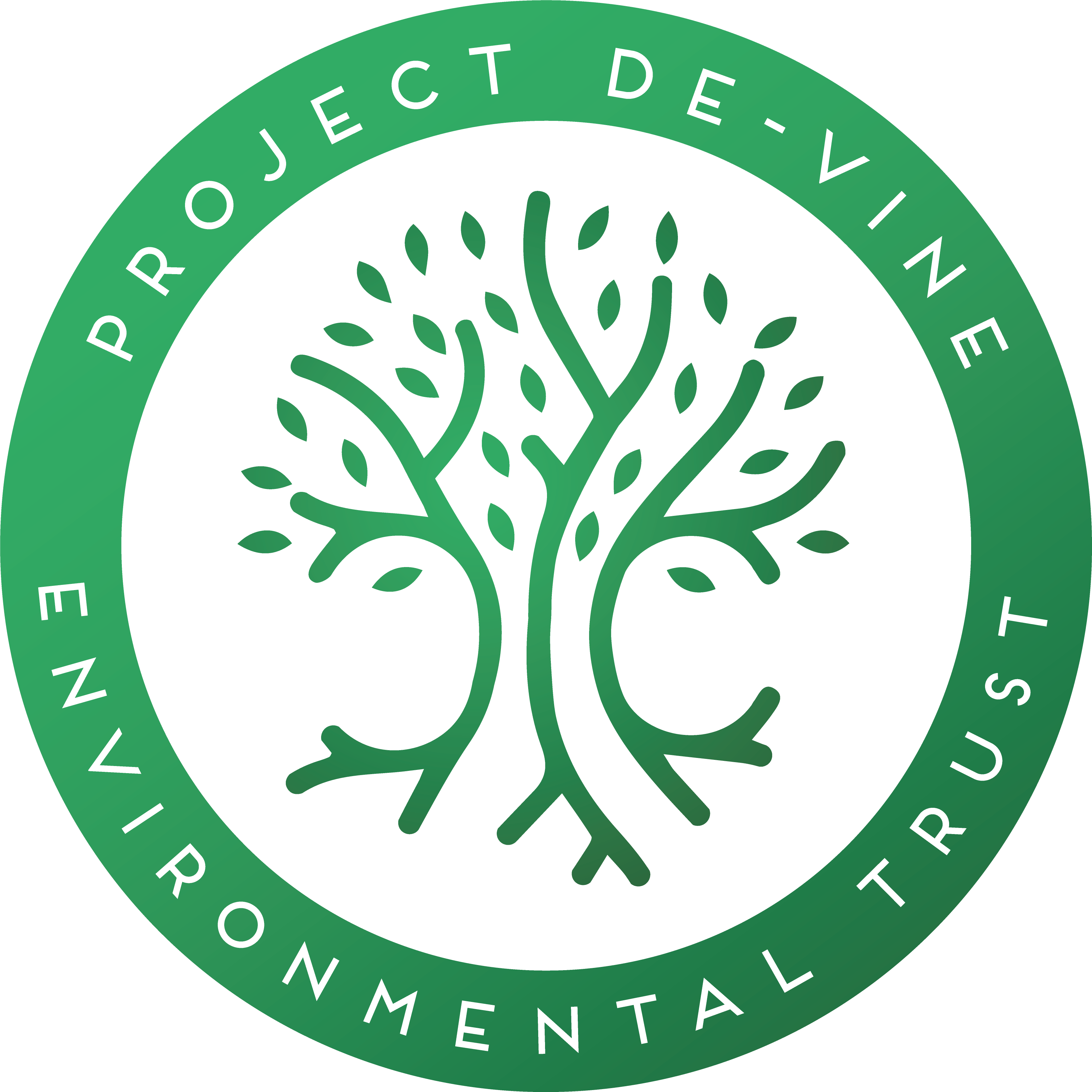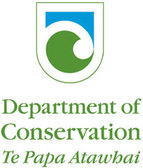
MU-C2 Onekaka to Parapara Operational Plan
MU-C2 Project Background
Project De-Vine Environmental Trust’s (PDVET’s) long-term plan is to eradicate all invasive pest plants and trees in Golden Bay.
The medium-term focus is:
Expanding and joining up existing areas of invasive plant and tree control and working close to National Park boundaries.
Old Man’s Beard (OMB) and Banana Passion Vine (BPV) high-level control on properties in MU-C2: Onekaka to Parapara to Milnthorpe Reserve properties (see Figure 1 and 2) not covered by existing funded control work.
Control to a high-level Climbing asparagus, Woolly nightshade, Yellow Jasmine and Purple pampas grass, which are threatening (either or all) Riparian plantings, Covenants, Wetlands and Kahurangi National Park.
Watch out for and control less common pest plants that might be found in small numbers.
Proposed work: this work would include selected sites to control specific infestations of pest plants in or near to the Halo around Kahurangi National Park adding to the biodiversity value of the funding application, as well as working towards clearing the Golden Bay coastal areas of invasive pest plants on a large scale. This stage will join up the MU-C1 area to the east, which has already been assessed and has had a successful WWFCF grant in 2019 and a DOCCF grant in 2020, with the MU-B & MU-A areas to the west, which has had some funded control work carried out in the past and last year. A re-assessment will be made this summer of the MU-B and A areas to focus on Climbing asparagus as well as the historic sites of OMB and BPV so that an application for control work can be submitted next year. This will, in a few years, create a complete block of OMB and BPV controlled properties from the Takaka River to the western coastal boundary of Golden Bay and join up with control work already well established in eastern Golden Bay.
The holders of the Aorere River prize have agreed to fund the assessment work and thus help to secure other sources of funding – from the WWFCF, GBCT and DOC Community Funds.
For applications to the various funders, PDVET needs to develop projects that can appeal:
a/ proximity to KNP
b/ provide clarity of the invasive plant and tree control work required and the associated expenses. This preferably requires having assessments carried out in advance and create a control phase budget based on the data to make a confident application.
Two local businesses have agreed to fund raise towards this project. Living Light Candles has donated candle seconds to Pohutakawa Gallery, in Takaka, who have sold them to the public. $2000 has been raised and donated to PDVET for this project.
MU-C2 Objectives
Objectives
- Determine boundaries for the assessment of invasive plants and trees. This is set as from “The Lookout”, on State Highway 60, to Parapara, ending at the western end of Milnthorpe Reserve referred to as the western half of MU-C, MU-C2, as defined by Project De-Vine Environmental Trust and covers the area between: See Figure 1.
- a/ The sea, along the coastal strip from 943 Takaka-Collingwood Highway. Including the various settlements of Onekaka, Tukurua and Parapara, to the western end of Milnthorpe Reserve
- b/ Following property boundaries along the edge of Kahurangi National Park from 943 Takaka-Collingwood Highway to the western end of the Parapara area, with the most westerly property being 1901 Takaka-Collingwood Highway, opposite Milnthorpe Reserve
- Assess properties for invasive plants and trees in management unit MU-C2.
- Prepare assessment of invasive plant and tree control reports from the assessment data for the WWF Community Fund round in approx. September 2020, Golden Bay Community Trust in October 2020 and DOC Community Fund, with a much larger number of properties assessed, to apply in Feb 2021.
- Prepare Project Proposal with budget for invasive plant and tree control based on the assessment data.
- Determine the amount the DOC Community Fund can provide to fix the funding application amount.
- Successful WWF Community Fund (maximum grant is $15k), Golden Bay Community Trust (maximum grant is $5k) and DOC Community Fund 2020 (maximum grant is approx. $90k) applications.
MU-C2 Project Timeline
|
June 2020 – December 2020 Assess properties larger than 8ha and some <8ha and >1200m2 in MU-C2 for control of invasive plants and trees for funding application budgets in a two-phase process.
June 2020 – December 2020 First phase: Assess known badly infested areas with willing landowners for WWFCF and GBCT applications. Approx. 10+ properties.
October 2020 Apply to WWFCF and GBCT for grants to start off the control work at the worst sites and demonstrate to DOCCF that there is already local and national support for this project. October 2020 to December 2020 b/ Second phase: The Tukurua and Parapara areas have a community email / phone network which has made it easier to locate landowners. Those properties that respond will be contacted for assessment by PDVET’s team, as well as trying to assess as many larger properties in the MU and locate many around the Onekaka area. November 2020 to December 2020 c/ PDVET assessors finish larger properties and add in some smaller ones in areas with key possible infestations. Eg Tukurua and Parapara coastal areas, which is near to a Climbing asparagus site. November 2020 to December 2020 Result of WWF Community Fund and GBCT applications known about
|
Phase 1 |
|
Up to January 2021 Collate data from assessments to prepare report including budget required to control invasive pest plants in MU-C2 for DOC Community Fund (no confirmed date).
|
Phase 2 |
|
About Mid 2021 Result of DOC Community Fund application known about mid 2021
|
Phase 3 |
|
Early 2021 to 2022, 2023 or 2024, depending on funding length. Start control work with grants approved and repeat for x years, subject to funding.
|
Phase 4 |
Methodology
-
Methodology Overview
- The properties chosen to receive invasive plant and tree control will be decided using site and species-specific criteria. Those not chosen could still receive support with advice on control and sponsored free gel bottles where appropriate.
- Proximity to Kahurangi National Park, “Flagship” plantings, QEII Covenants and DOC and TDC reserves
- Species-specific criteria (e.g. the most threatening seed spreaders).
- Invasive plants in smaller numbers that can be well controlled.
- The properties chosen to receive invasive plant and tree control will be decided using site and species-specific criteria. Those not chosen could still receive support with advice on control and sponsored free gel bottles where appropriate.
-
Pest plant
Abbrevn
Infestation level
Control options
Banana passion Vine
BPV
Scattered
Cut and Paste or spray
Old mans Beard
OMB
Scattered
Cut and Paste or spray
Climbing Asparagus
CAS
Known around Parapara
Cut and Paste or spray
Italian Jasmine
IJA
Not known in this area
Cut and Paste or spray
WoolLy Nightshade
WNS
Isolated. Known in Parapara and off Excellent St.
Cut and Paste or spray
Climbing dock
CDO
Isolated
Cut and Paste or spray
TRADESCANTIA
TRA
Common
Possible Sites for weevil release
pampas grass
PAM
Scattered
Cut and Paste or spray
Douglas Fir
To be determined
Drill and poison
gunnera
Isolated if any
Cut and Paste or spray
GINGER
Isolated if any
Cut and Paste or spray
Ivy
To be determined
Cut and Paste or spray
SYCAMORE
To be determined
Drill and poison
Any other pest plants in the Regional Pest Management Plan
To be determined
Get In Touch
Have a project you’d like to partner on?


